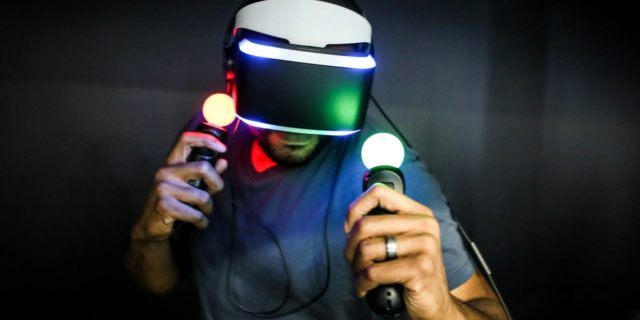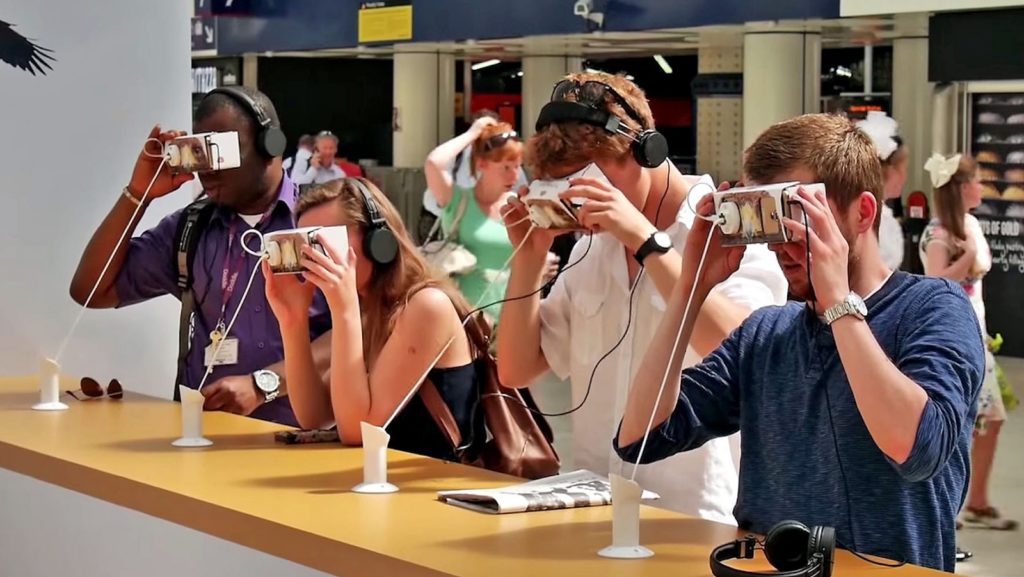Virtual reality has obvious potential for immersive storytelling, but how does that translate for digital advertisers? The Interactive Advertising Bureau (IAB) released a report exploring VR’s potential as it pertains to just that. The report provides key takeaways from interviews with two dozen professionals in advertising, publishing, VR and platform development, along with a number of related case studies.
Hype Or Here To Stay?
The overall consensus across a variety of industries seems to be that VR isn’t going anywhere but up—illustrated by over a billion dollars invested in the technology during the first half of 2016 alone. VR is often compared to 3D TV, an ill-fated trend that was supposed to revolutionize the way consumers watch content but quickly went the way of the laser disc. In just a short time, however, the technology has proved its staying power, mainly because of its versatile applications.
IAB reports that in the next two years, respondents believe we’ll see more brands engaging in 360-degree video, a low-cost “gateway” into more interactive forms of VR. Other forms of advertising may also appear in VR like 2D digital billboards, 2D video and even TV spots. In Australia, for example, Microsoft introduced the first 4DX cinema advertisement for its new game Forza Horizon 3.

Defining VR
Because there are many ways to implement this rising tech, the term, “virtual reality” gets tossed around a lot around the media, from 360-degree videos to fully-immersive video games. While the latter allows the user to interact with their rendered environment, 360-degree video allows users to move the camera, but are otherwise at the mercy of pre-scripted content. Chris Hercik of Time, Inc. told IAB that for him, 360-degree video or photo experiences are not necessarily VR. “I think we need to clearly distinguish the two, because when we’re talking to advertisers or partners, we need to clarify which one offers just a point of view and means of looking around, and which one is more immersive.”
Advertising In VR
Publishers, agencies and creators seem to agree that the VR growth trajectory will be directly affected by the cost of its devices. 360-degree video is predicted to remain an entry point for advertisers. Dedicated content, such as Hilton’s virtual vacation activation or the Kate Moss’ dream sequence for Charlotte Tilbury’s new fragrance are just two examples of how brands are utilizing the new technology.
When it comes to content offered within a VR experience, however, fans aren’t as keen to participate. Immersv CEO Mihir Shah noted engagement numbers drop whenever a VR user experience has been interrupted. “If we put an advertiser in a queue, with a ‘check this out’ call to action—within the user’s current VR experience, people simply hit the skip button, or they leave,” Shah explained. “You can’t just put things into a scene. A lot more work needs to be done to get the integration points right. It can be extremely jarring when you’re immersed in another world.”
It seems that the more immersive an experience, the more emotional attachment a user will develop for that brand. Mia Tramz from Time Inc. told IAB that in her mind, the future of the medium is fully immersive experiences.
“360 VR experiences are great on-ramps to VR and for acquainting consumers with the medium, but the platforms that offer more immersion and interaction—especially in room scale—are undeniably compelling.”
Featured image source: Unit9

